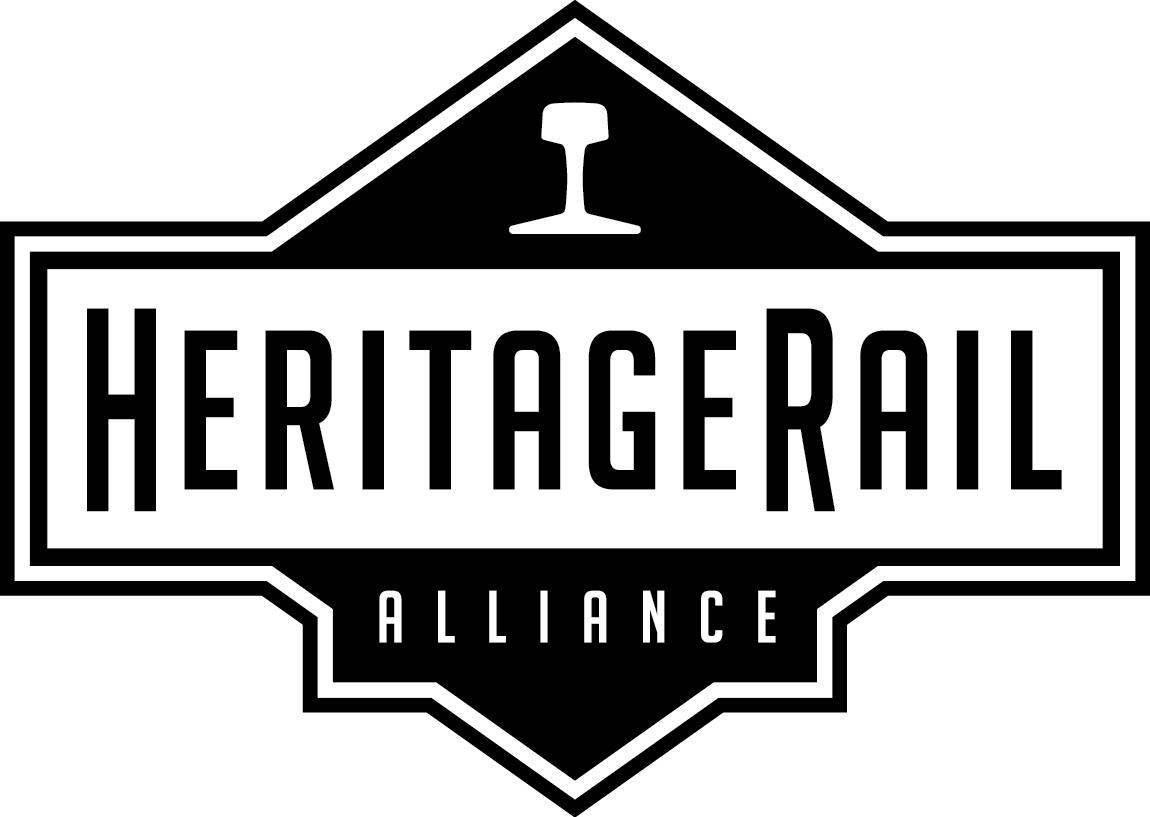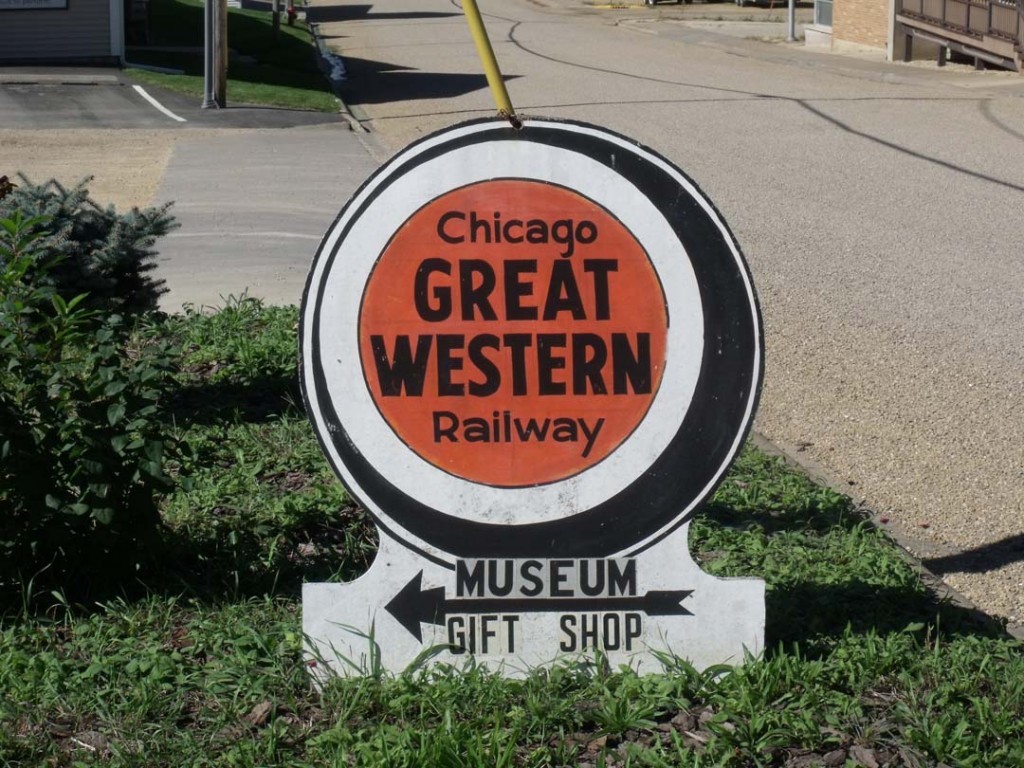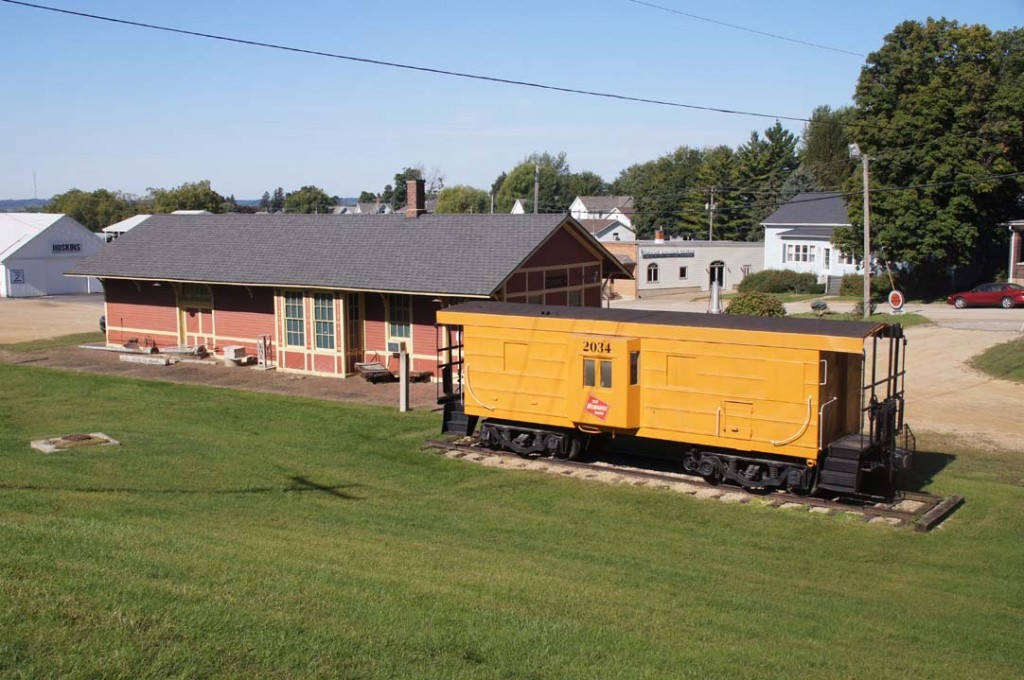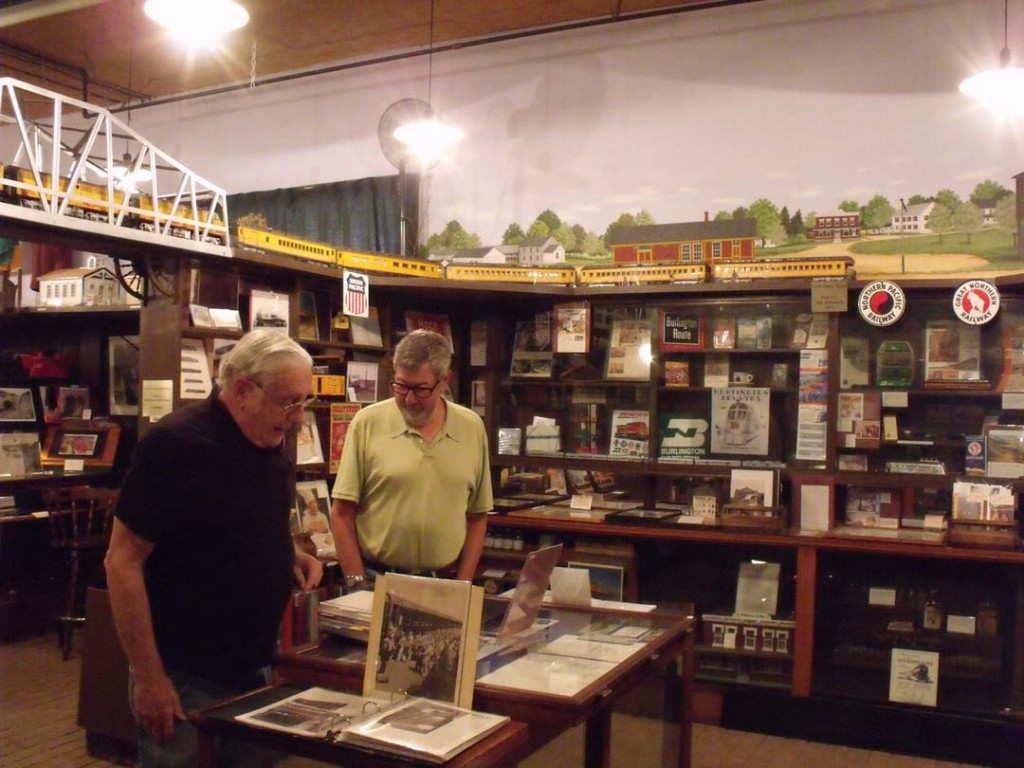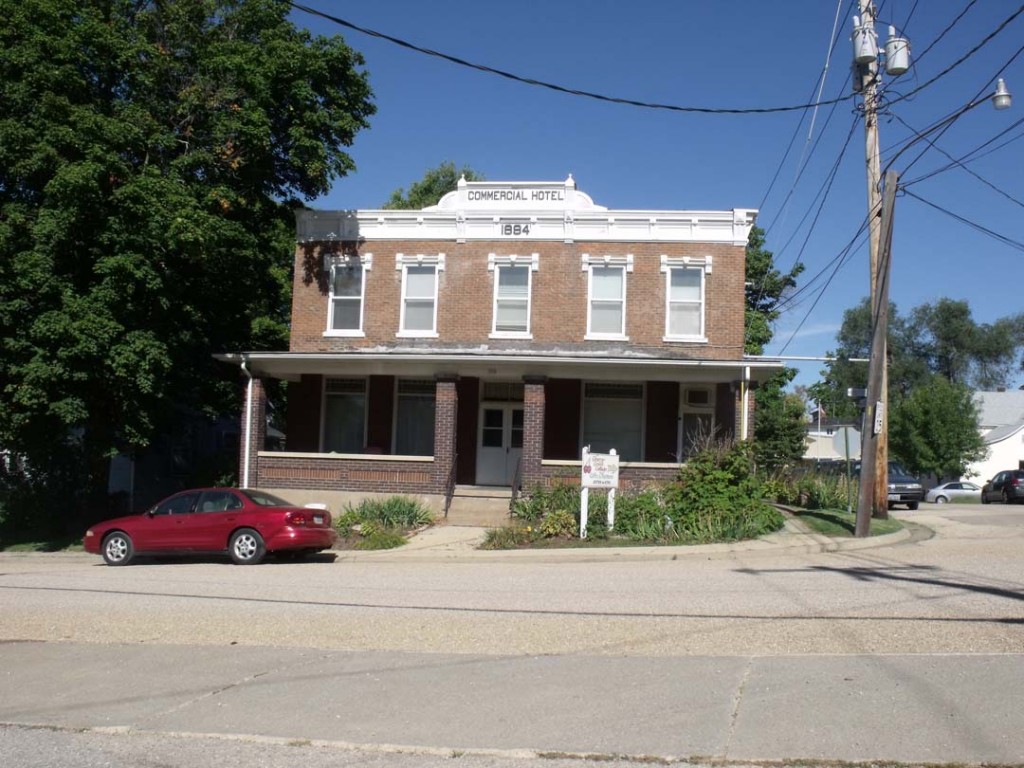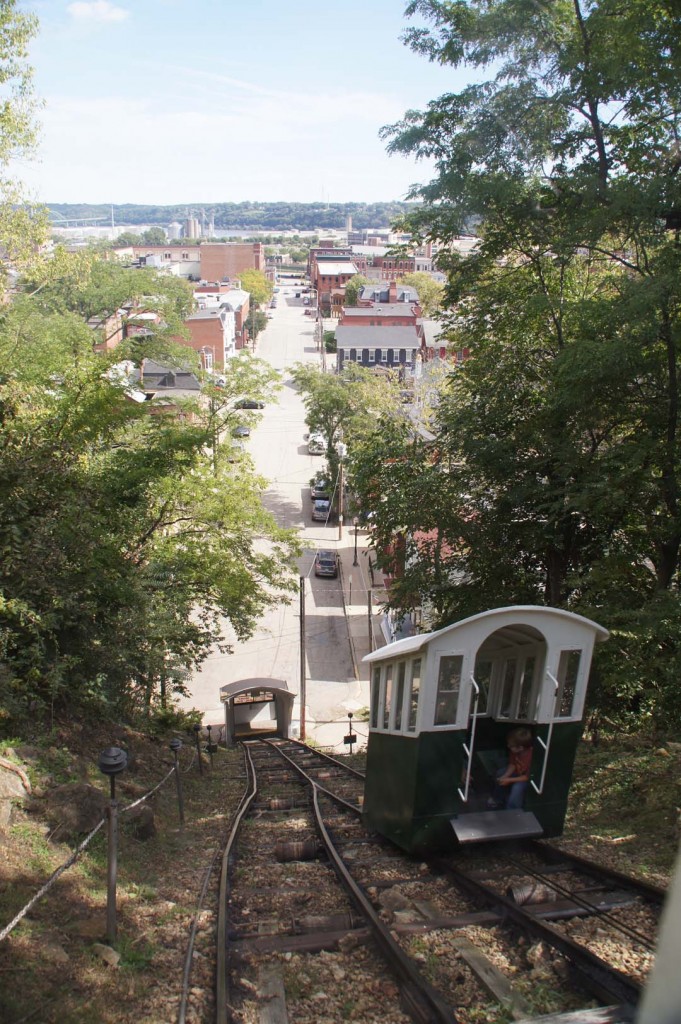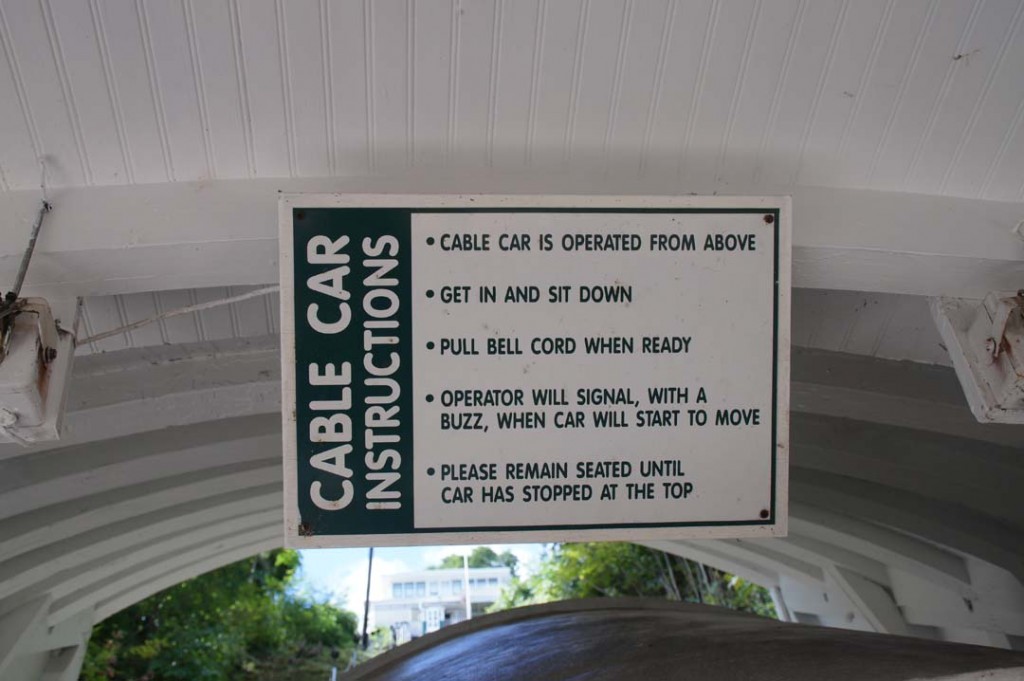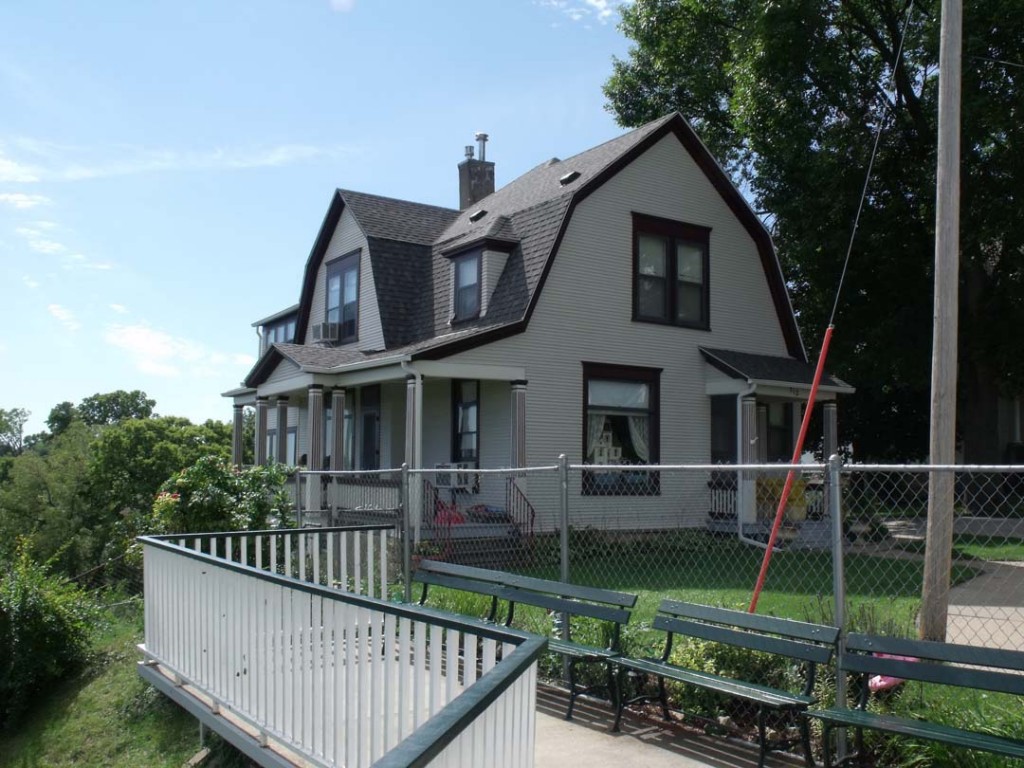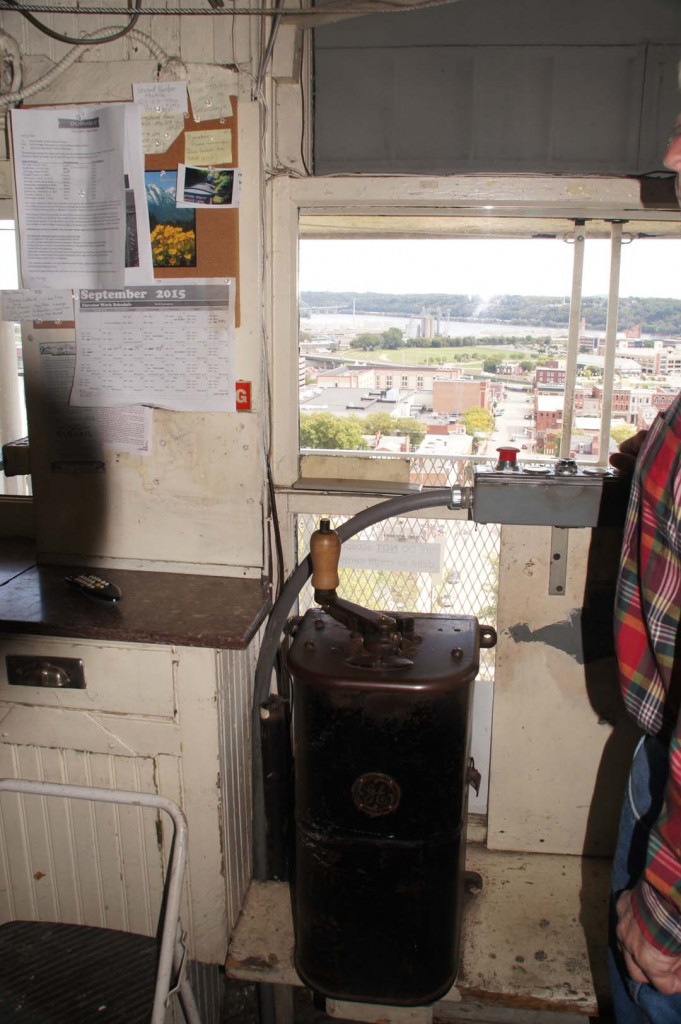
By Aaron Isaacs, with photos by Jim Vaitkunas and Dick Zawacki
On the drive back to Minneapolis from the ATRRM conference at Illinois Railway Museum, we took an indirect route in order to see a couple of rail attractions, the Chicago Great Western depot in Elizabeth, IL and the Fenelon Place Elevator in Dubuque, IA.
We weren’t expecting much in Elizabeth, which is operated by the Elizabeth Historical Society. Depot museums tend to be much like one another and there’s a limit to what you can do with them. This one, however, was absolutely packed with artifacts and displays, covering every railroad highlight within about a hundred mile radius.
The Chicago Great Western mainline from Chicago to Oelwein is long gone. The depot sits in a deep cut, now bereft of track, except for a short segment upon which sits the obligatory caboose, in this case a Milwaukee Road ribside.
Across the street is the town’s railroad hotel, built in 1884.
Fenelon Place Elevator
The Mississippi River town of Dubuque harbors an incredibly rare survivor, a privately owned and operated incline railway. It climbs 189 feet from the southwest edge of downtown to a residential neighborhood atop the bluff.
The elevator began as a private conveyance for J. K. Graves, a banker who lived on top of the bluffs and worked at the bottom. It replaced a long and circuitous buggy ride and allowed him to conveniently return home for lunch each day. The original cable car was powered by steam engine hoist with a hemp rope. It made its first trip on July 25, 1882. His gardener let him down in the morning, brought him back up for lunch at noon, and up again at the end of the work day. Before long, the neighbors began meeting him at the elevator asking for rides.
On July 19, 1884, the elevator burned. Graves rebuilt it and opened it to the public for five cents a ride. The elevator burned again in 1893. It was the middle of an economic recession, and Mr. Graves could not afford to rebuild. Ten neighbors pooled their resources and formed the Fenelon Place Elevator Co. Graves gave them his franchise to use the right of way.
The new incline was originally called the 4th Street Elevator, because that’s where the bottom station was located.
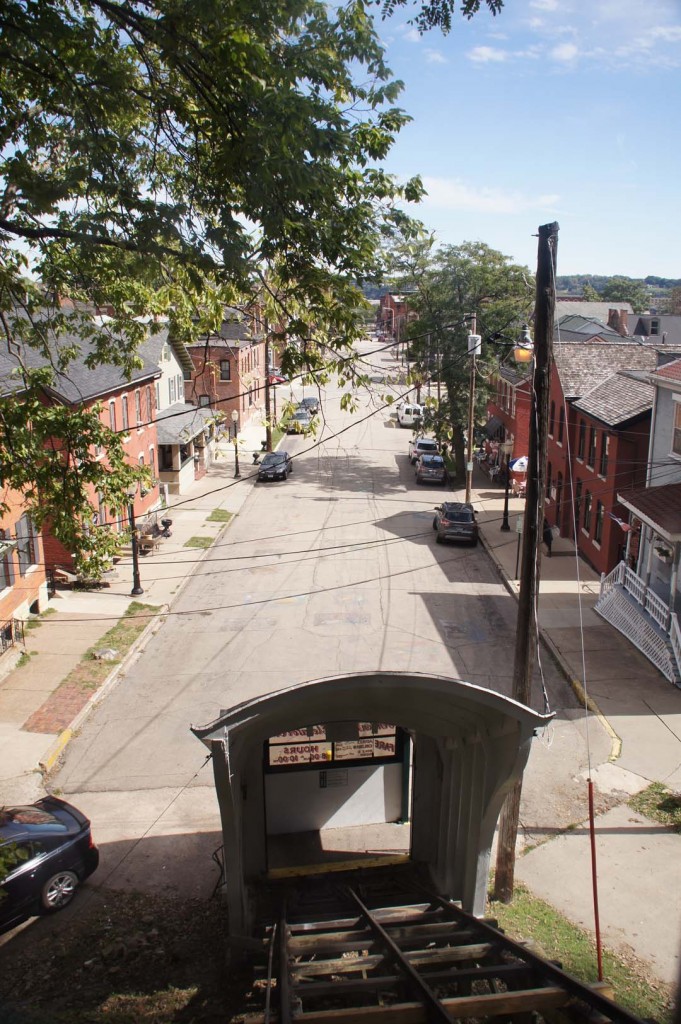
The bottom of the elevator empties onto 4th Street. Note that the elevator is angled slightly because Fenelon Place doesn’t line up directly with 4th Street.
Fenelon Place is the three-block street at the top. The new elevator was powered by an electric motor and used a steel cable. It is three-railed with a passing track in the middle, where two counterbalanced cars can pass.
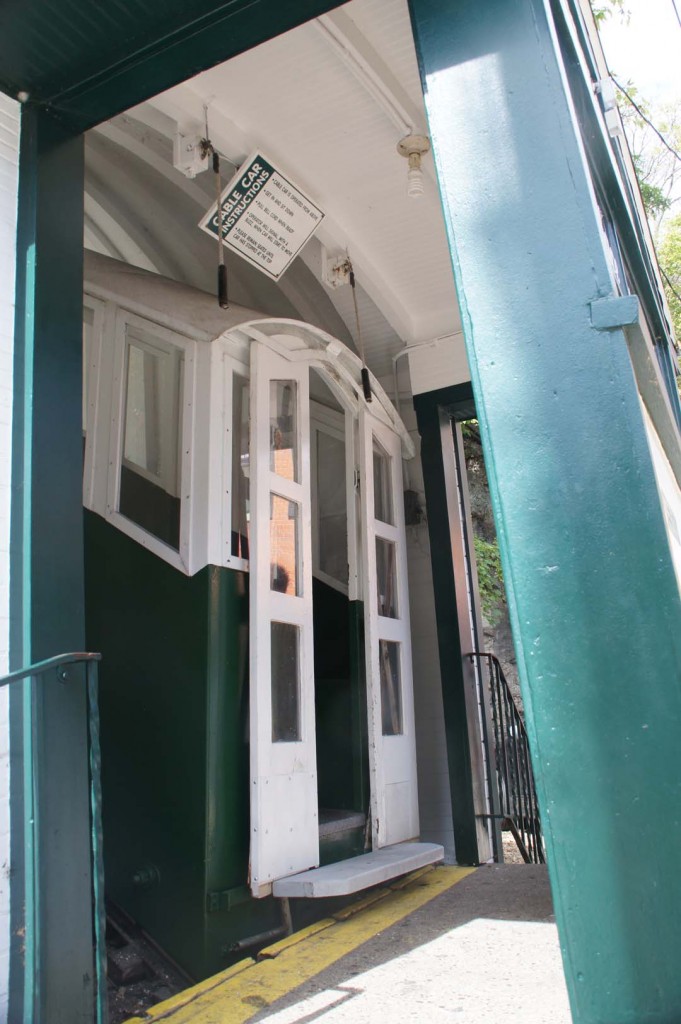
A short angled rail at the station opens the doors as the car docks and shuts them automatically upon departure.
By 1912, C. B. Trewin, who had built a house next door in 1897, became the sole stockholder. He added garages to the north and south sides of the operator’s house in 1916. Trewin’s family still owns the house next door to the top station.
Another private incline railway opened about a mile away, at West 11th Street, in 1883. It too became public, but it went out of business in 1927.
In 1977, the cable cars were completely rebuilt. After 84 years the original gear drive was replaced. The streetcar-type controller was replaced by simple on-off switches, but remains in place.
The Elevator runs from April 1 to November 30. The hours are from 8 am to 10 pm. The one-way fare is $1.50. According to the operator, the large majority of the riders are tourists. On weekdays about 20 percent are neighborhood residents headed to downtown. It should be pointed out that the neighborhood is isolated from the local bus system. There is no bus connection at either station, so anyone choosing to commute by elevator has to walk on both ends of the trip.
